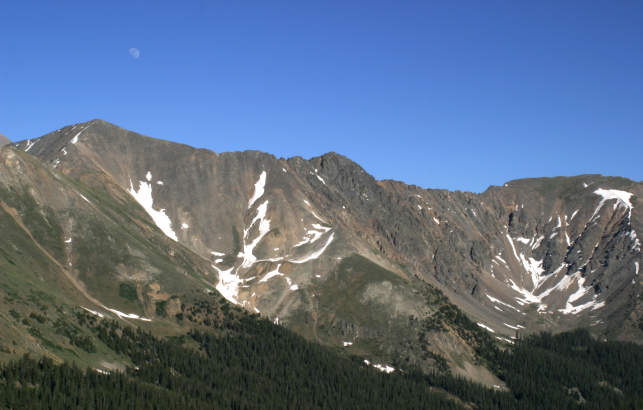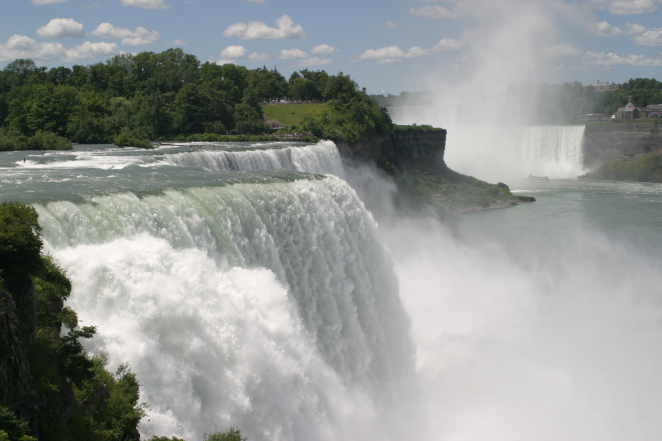Cliché Photography

I read someone’s post on Instagram which stated the biggest cliché in photography are sunrise and sunset photos.
As a photographer I wondered about this statement.
I thought about all the photographs that have ever been taken. Photographs taken by masters of photography, like those of Ansel Adam’s photographs of the American wilderness or Clyde Butcher’s photographs capturing the beauty of the Florida Everglades.
I thought about all the photos snapped a millions of times by traveling tourists.
I thought about all the sunrise and sunset photos on Instagram.
Why do we continue to photograph when it’s all been done before?
Is it all cliché?
Cliché: something that is overly familiar or commonplace *Merriam-Webster Dictionary
No. I disagree.
But I believe this thought hinges purely on the perspective of the viewer.
I believe the sunrise and sunset, the flowers, the clouds, the oceans, and the mountains we continue to photograph are because of a deep response within us to the awe and beauty of God’s creation. Each time we see, we bear witness to these displays of beauty in nature. We are captivated.
“For ever since the world was created, people have seen the earth and sky. Through everything God made, they can clearly see his invisible qualities—his eternal power and divine nature. So they have no excuse for not knowing God.” ~Romans 1:20

If we believe a sunrise or sunset is commonplace than maybe we have lost our vision or sense of wonder.
Walt Whitman wrote about wonder and beauty in the everyday and commonplace in his poem called Miracles
“Why, who makes much of a miracle?
As to me, I know of nothing else but miracles,
Whether I walk the streets of Manhattan…
Or wade with naked feet along the beach just in the edge of the water…” ~Walt Whitman


Annie Leibovitz, with her masterful career, has photographed notable people from rock stars to the Queen of England. And yet she has gone on to photograph for herself the places that capture the wonder in all of us. It seems her desire for some of these places (in part) started with a visit to Niagara Falls with her daughters. A photograph of Niagara Falls (not the celebrities she’s famously photographed) is on the cover of her book Pilgrimage.
Imagine your own trip to Niagara Falls. Imagine the feel of the cool mist spraying your face, the sound of the water rushing loud as you take in the power and beauty of the waterfall. Then you take out your camera to try and preserve some part of this majesty to carry back home. Someone walks up and says, “No photos allowed. It’s already been done. These falls have been photographed too many times, by too many people. They’ve been seen and visited since 1678. Niagara Falls has been written about and photographed by famous authors and photographers. Please put your camera away.”
We know its been done. All you would have to do is look to your right or left and you’d see hundreds of cameras all taking it in, recording memory.
But we come and we see and we feel and we capture these moments in our own photographs.









I recently attended a seminar given by a National Geographic photographer. His career has spanned more than forty years. He’s traveled the world from America to Antarctica and there are still countries he would like to visit. The funny thing is, he qualified this with the fact that friends and colleagues in the field have been to these places he’d like to visit. Masters in their own specialty of photography, sometimes spending months photographing these places. He doesn’t want to go to these places to compete with their work, but to see and experience the place for himself. And when he goes he’ll still take his own photographs.
And wherever I might go, I’ll keep taking mine.
I’ve seen the sunrise and the sunset, but it makes me pause and I can’t help but take in the beauty of this world. It’s a gift. I stop and notice. My photographs are a response. A thank you.





Leave a Reply